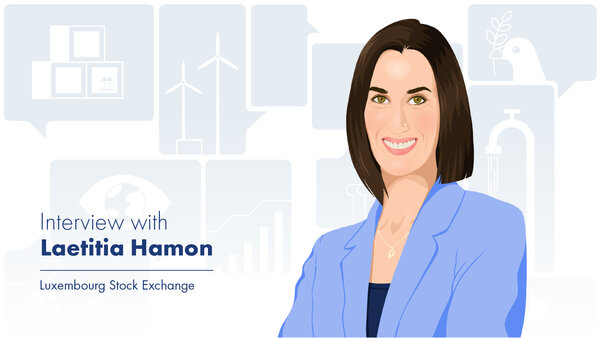The activities that fall within the scope of sustainable finance are wide-ranging and include various investment strategies, financial products, and services that aim to create positive impact.
One example of sustainable finance is impact investing, which is a type of investment that seeks to generate measurable social or environmental impact alongside financial returns. Impact investing can take many forms, including investments in renewable energy, affordable housing, or microfinance.
Another example of sustainable finance is green bonds, which are debt instruments used to finance environmentally friendly projects, such as renewable energy infrastructure or sustainable transportation. These bonds are issued by corporations, sovereign states, municipalities, and development banks, and provide investors with an opportunity to finance environmentally beneficial projects while earning a return on their investment.
Sustainable insurance is another type of sustainable finance, which involves incorporating ESG considerations into insurance products and services. For example, sustainable insurance can provide coverage for climate-related risks, such as natural disasters, and it can also incentivize policyholders to adopt environmentally friendly practices.
These are just a few examples of the types of activities that fall within the scope of sustainable finance. The goal of all sustainable finance activities is to direct capital towards positive impact and create lasting change in environmental and social issues.
![[Translate to English:] [Translate to English:]](/fileadmin/_processed_/8/c/csm_428_EXP_Anne-Marie_Loesch-80_4ebe39b6cf.jpg)

![[Translate to English:] [Translate to English:]](/fileadmin/_processed_/9/7/csm_426_EXP_Romy_Reding_Spuerkeess_28mars25_f6a6df7a8f.jpg)
![[Translate to English:] [Translate to English:]](/fileadmin/_processed_/5/8/csm_SP_175_Illustration_422_EXP_Bertrand_Lathoud_Luxembourg_House_of_Cybersecurity_d8f6d97d0e.jpg)
![[Translate to English:] [Translate to English:]](/fileadmin/_processed_/f/5/csm_SP_171_Illustration_420_EXP_Philippe_Parage_CN3_77e5a0f32e.jpg)
![[Translate to English:] [Translate to English:]](/fileadmin/_processed_/8/7/csm_410_EXP_Luigi_Garofoli_Spuerkeess_6fe92987c1.jpg)
![[Translate to English:] [Translate to English:]](/fileadmin/_processed_/7/d/csm_417_RSE_Max_Didier_CDCL_ac53048797.jpg)
![[Translate to English:] [Translate to English:]](/fileadmin/_processed_/1/7/csm_416_EXP_Marco_Rasque_Da_Silva_Spuerkeess__1__33f3f45032.jpg)
![[Translate to English:] [Translate to English:]](/fileadmin/_processed_/9/a/csm_415_EXP_Stephanie_Damge_House_of_Entrepreneurship_ef4a4a81e8.jpg)
![[Translate to English:] [Translate to English:]](/fileadmin/_processed_/3/6/csm_414_EXP_Tom_Wirion_68ffad8a51.jpg)
![[Translate to English:] [Translate to English:]](/fileadmin/_processed_/0/7/csm_Jessica_Thyrion_ESG_080dab77d5.png)

![[Translate to English:] [Translate to English:]](/fileadmin/_processed_/6/2/csm_404_RSE_Elena_Fuzzi_Aude_Payan_KPMG__1__d37f342c7d.jpg)